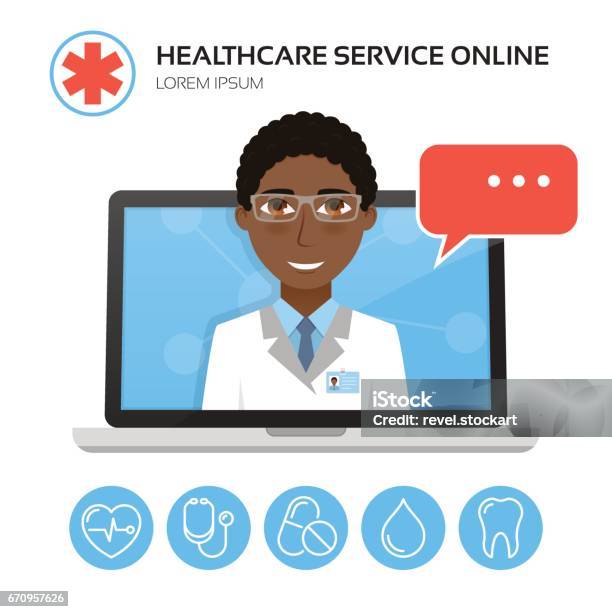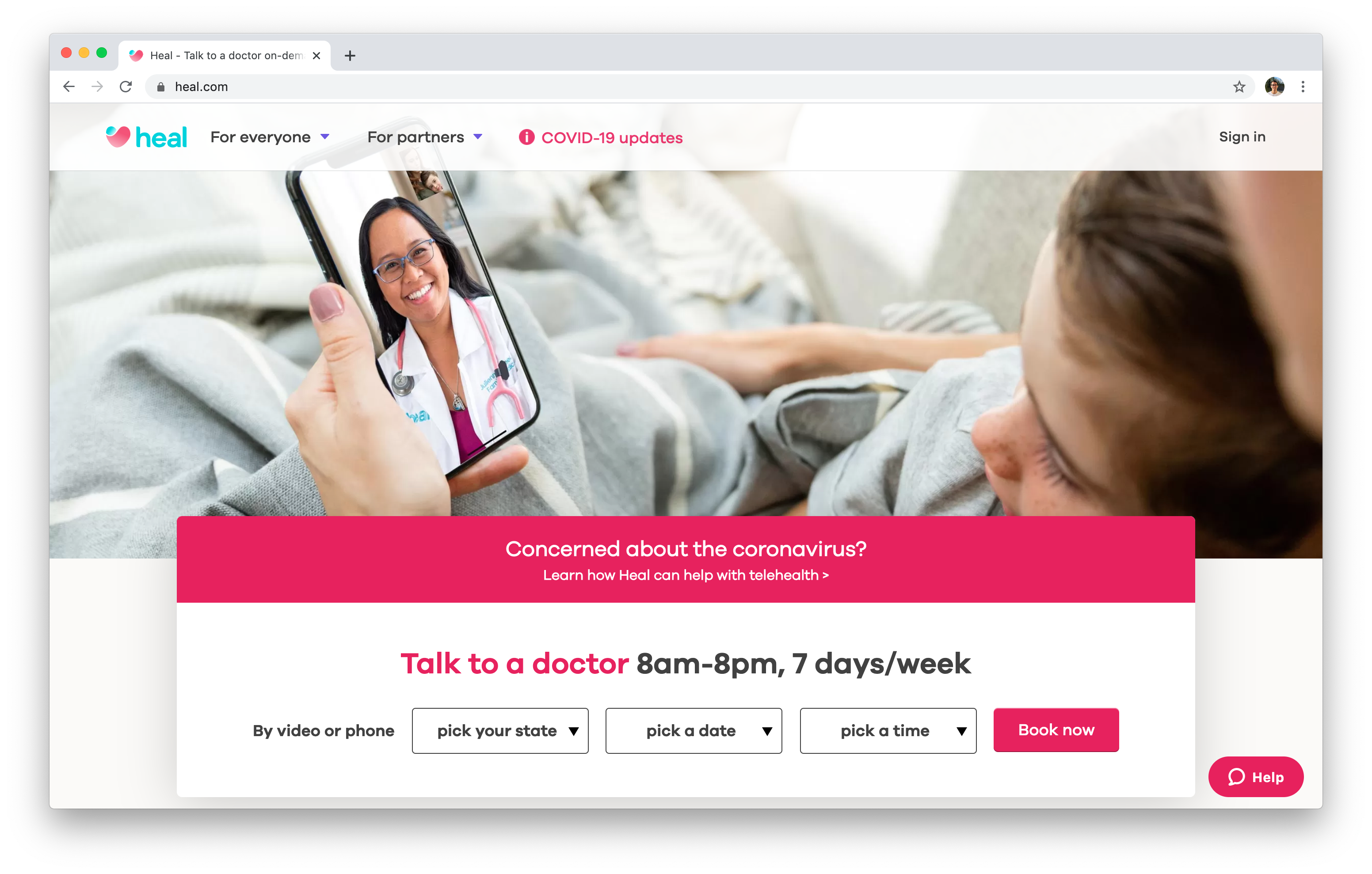Discover the Advantages of Subscription Based Healthcare for Affordable Medical Care
Discover the Advantages of Subscription Based Healthcare for Affordable Medical Care
Blog Article
The Increase of Subscription-Based Medical Care and Its Impact on Person Care
As medical care evolves, the subscription-based design is getting grip, assuring to change patient treatment by offering predictability and access. These models, which bypass traditional insurance policy, can redefine the patient-doctor dynamic, emphasizing precautionary and tailored treatment. Yet, as with any development, they present obstacles, specifically concerning fair access for all socioeconomic groups. The possibility for these models to improve health care delivery elevates pressing concerns concerning their lasting sustainability and inclusivity. Are these membership solutions the future of medical care, or do they take the chance of leaving susceptible populaces behind? The details of this change warrant a better exam.
Recognizing Membership Medical Care Versions
Comprehending the concept of subscription healthcare designs involves checking out a transformative method to clinical services that emphasizes price and availability. These versions, usually described as direct medical care (DPC) or attendant medicine, have actually become ingenious options to traditional fee-for-service medical care systems. Membership health care allows people to pay a set month-to-month or yearly cost for a specified collection of medical services, which might include endless office brows through, regular examinations, and fundamental laboratory tests, without the requirement for conventional insurance billing.
The framework of subscription healthcare versions is created to streamline person care by eliminating third-party payers and complicated billing codes, thereby reducing management worries. Doctor can concentrate much more on person treatment, cultivating stronger patient-provider partnerships. This model also advertises preventative care by urging routine gos to, as the monetary obstacle of per-visit costs is removed.
The membership model commonly equips doctor to manage smaller sized patient panels, permitting more individualized treatment. It lines up economic motivations with client health and wellness outcomes, as suppliers are motivated to maintain individual contentment and health. Generally, comprehending subscription medical care models calls for acknowledging their prospective to improve how treatment is provided and accessed.
Benefits for Clients and Service Providers

With a steady income stream, healthcare specialists can commit more time to each individual, leading to a more customized and complete care experience. The emphasis on preventative treatment within registration strategies can lead to far better client end results and lowered lasting health care prices.
Problems and obstacles
While subscription-based health care models existing various benefits, they additionally come with a collection of difficulties and concerns that have to be dealt with. This elevates moral inquiries about fair access to health care solutions.
Financial sustainability of subscription-based models is an additional issue. Suppliers must balance the set earnings from registrations with the variable prices of healthcare solutions, which might rise and fall as a result of unpredicted medical needs. This can create stress to restrict solutions or increase costs, possibly impacting person contentment and care quality.
Moreover, regulative oversight of subscription-based health care versions is still evolving. The lack of standard structures can bring about inconsistent service top quality and responsibility, making complex efforts to guarantee individual protection. Last but not least, the combination of technology-- often a foundation of these models-- questions regarding data personal privacy and security, as delicate patient information could be susceptible to violations. Resolving these difficulties is critical for the equitable and effective application of subscription-based healthcare.
Effect On Patient-Doctor Relationships
One substantial effect of subscription-based health care designs on patient-doctor relationships is the potential for improved continuity and individualized treatment. By address adopting a subscription model, medical professionals can manage a smaller sized individual panel, permitting even more devoted time with each individual. This enhanced availability fosters a deeper understanding of a person's case history, way of life, and choices, making it possible for extra tailored therapy plans my company and interventions.

Nevertheless, it is very important to recognize that while subscription-based versions may profit those that can afford them, they might unintentionally expand medical care variations. People who are not able to take part in these designs might experience decreased access to customized treatment, possibly impacting their relationships with health care service providers. Hence, while the membership version uses promising advantages for patient-doctor relationships, it also postures difficulties that require to be resolved to make sure equitable healthcare gain access to.
Future of Medical Care Accessibility

The function of technology can not be neglected in this makeover. Telemedicine platforms and digital wellness documents help with smooth communication in between clients and health care companies, breaking down geographical and logistical barriers. Additionally, improvements in artificial knowledge and information analytics can even more individualize medical care by anticipating patient demands and enhancing therapy plans.
However, the future of medical care gain access to additionally offers difficulties, such as making certain equity across this different socio-economic teams. Policymakers and healthcare service providers should team up to link the digital divide, ensuring that subscription-based versions continue to be inclusive and economical. As these systems grow, they hold the promise of making healthcare more accessible, efficient, and patient-centric.
Verdict
Subscription-based health care versions are improving patient care by offering a stable cost structure and enhancing ease of access. The increase of subscription-based healthcare motivates positive person interaction, which has the prospective to enhance client results and fulfillment, indicating a transformative shift in medical care distribution.
As health care evolves, the subscription-based model is getting traction, guaranteeing to transform person care by supplying predictability and access.Subscription-based medical care designs use unique advantages for both patients and carriers, enhancing the general healthcare experience.As medical care systems develop, the future of healthcare gain access to often hinges on the combination of cutting-edge models and technologies.Subscription-based health care designs are reshaping client care by supplying a stable price structure and enhancing access. The increase of subscription-based healthcare encourages proactive patient involvement, which has the possible to improve patient outcomes and satisfaction, signifying a transformative shift in medical care distribution.
Report this page